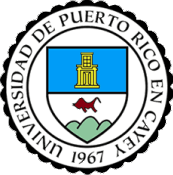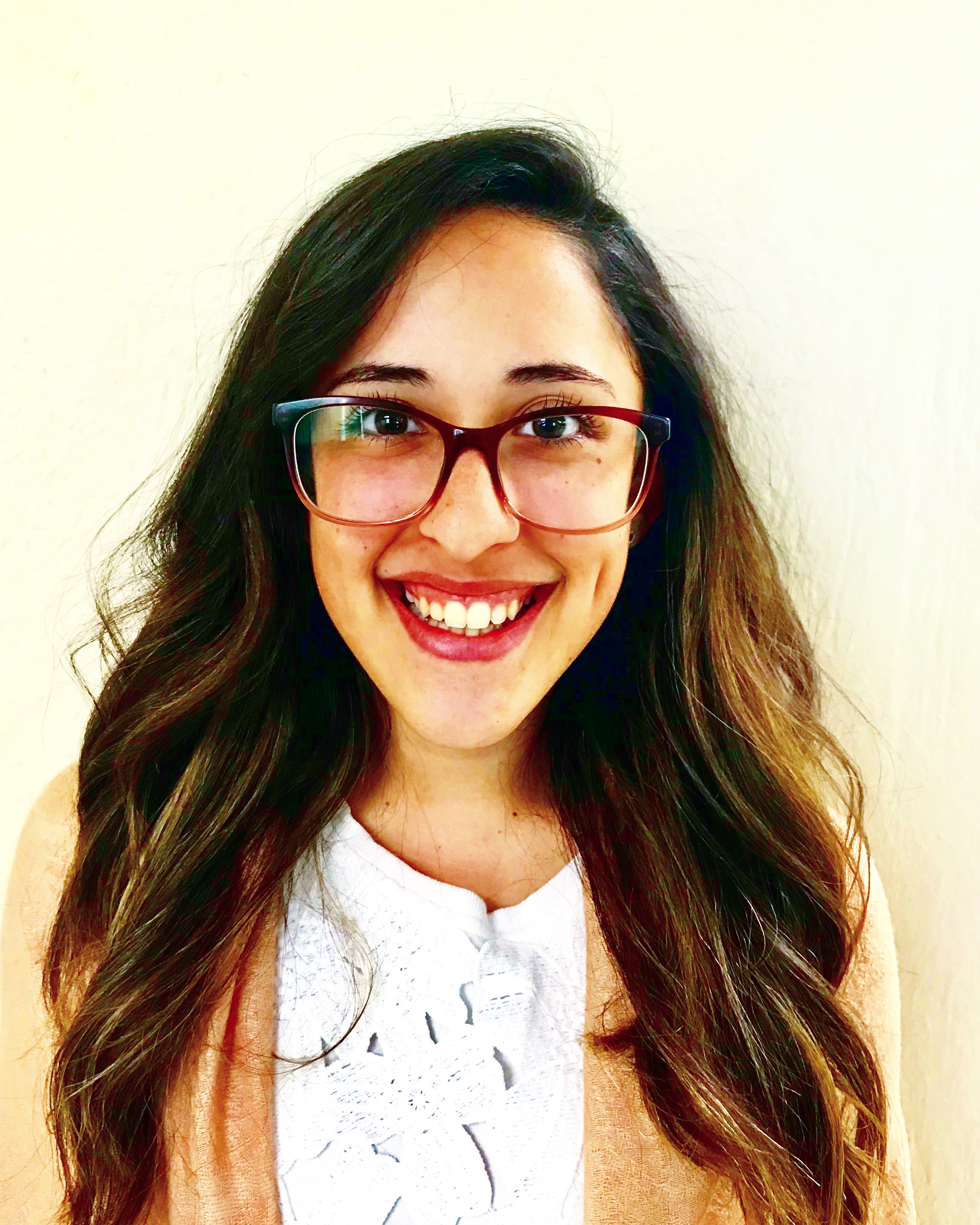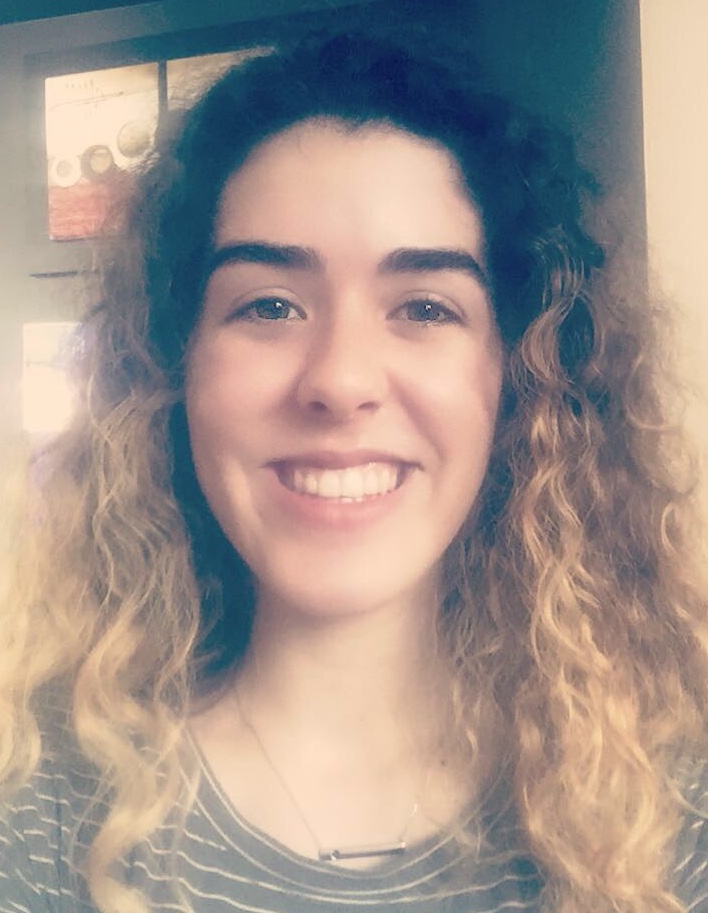Below is a summary of the abstract you submitted. Presenting author(s) is shown in bold.
If any changes need to be made, you can modify the abstract or change the authors.
You can also download a .docx version of this abstract.
If there are any problems, please email Dan at dar78@pitt.edu and he'll take care of them!
This abstract was last modified on May 2, 2018 at 4:29 p.m..

Genuine scientific discovery incorporated into the Biology curriculum engages freshman students in meaningful educational experiences piquing their interest and curiosity with the goals of preparing scientifically literate citizens and motivating them to persist in STEM fields. A positive impact on many of our students inspires a model for curriculum change. Over the past nine years, as participants in the SEA-PHAGES Program, approximately 300 undergraduate students at UPR-Cayey have isolated more than 200 bacteriophages, infecting Actinobacterial hosts, from soils of Puerto Rico, a tropical island with rich biodiversity in its varied ecosystems. Analyses of bacteriophage genomes, with variable and mosaic gene organization, identifies numerous novel genes and can result in potential therapeutic uses. We hypothesize finding unique bacteriophages containing genes with useful properties. Soil samples were collected throughout Puerto Rico and high titer phage lysates were prepared following enrichment and plaque purification. Phage morphologies were characterized using electron microscopy. Virion coat proteins were resolved using SDS-PAGE and will be followed by protein identification using mass spectroscopy. Bacteriophage genomic DNAs were purified, digested, and visualized using gel electrophoresis. Selected genomic sequences were determined and analyzed using bioinformatics tools. This year, nine novel virulent and temperate bacteriophages infecting Gordonia terrae 3612 were isolated followed by purification and partial characterization. These bacteriophages are predicted to encode many putative protein-coding genes similar to previously identified ones as well as novel proteins with unknown functions. Additional experiments are currently underway to further characterize these novel bacteriophages. All characterized A subclusters are made up of mycobacteriophages except subcluster A15, a crossover cluster comprised of actinobacteriophages infecting Gordonia terrae. The eleven bacteriophages of this subcluster have an average genome size of 52,638 base-pairs with 62.0% GC content. Subcluster A15 bacteriophage Anon, isolated from Puerto Rico, contains twelve unique orphams. Subcluster A15 bacteriophages include nine phams contained in all members of this subcluster. One of these phams (38764), encoding a head-to-tail connector complex protein, is shared exclusively by all 556 sequenced Cluster A bacteriophages. Some of these shared and unique phams may potentially contribute to bacteriophage broad host range that can result in mosaic genomes. At UPR-Cayey, seventeen bacteriophage genomes have been annotated and thirteen have been deposited in GenBank so far. The unique organization of these bacteriophage genomes provides a rich resource to elucidate their evolutionary origin and history through countless bacterial infections and continual geographic dispersal. SEA-PHAGES, HHMI, and UPR-Cayey supported this research.


